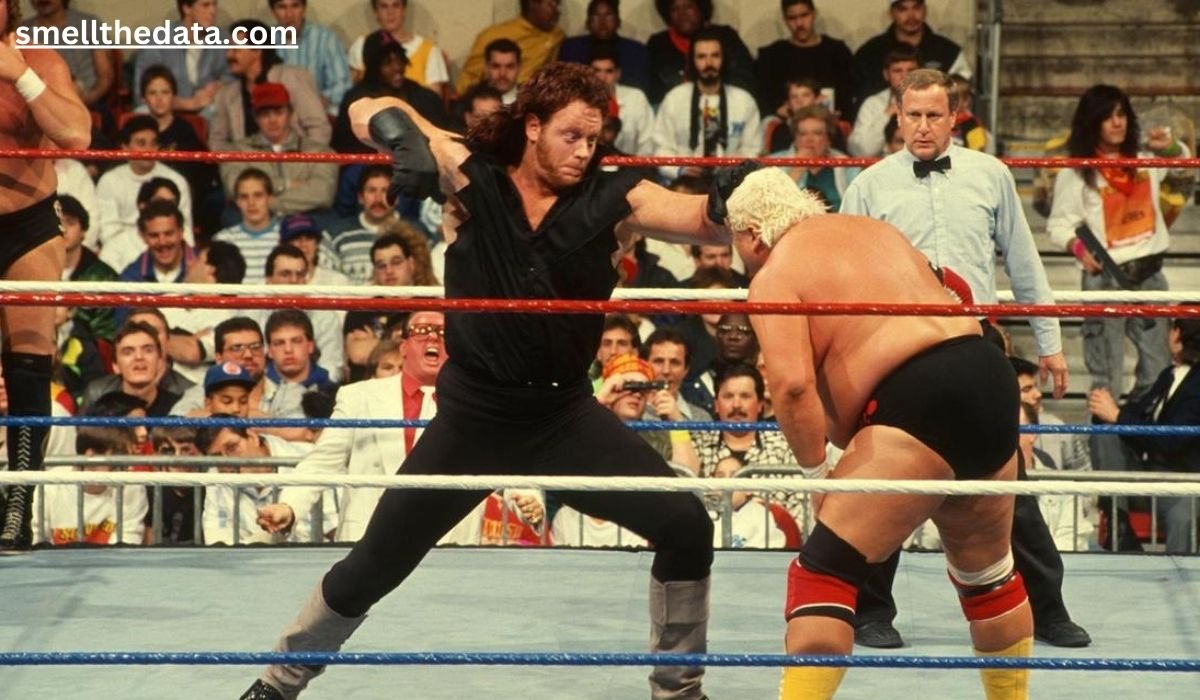I. Introduction
In the world of sports journalism, “fodder for a sports wonk” refers to the kind of content that deeply engages enthusiasts who crave detailed analysis, historical context, and unique insights into their favorite sports. This term is particularly relevant when discussing publications renowned for their sophisticated coverage, like The New York Times. Known for its thorough reporting and expert commentary, the NYT has established itself as a leading source of sports journalism that caters to the needs of the most dedicated sports fans.
The New York Times’ Sports Coverage
The New York Times has long been celebrated for its comprehensive sports coverage. With a reputation for in-depth reporting, the NYT doesn’t just cover the scores but dives into the nuances of each game, player, and team. This approach appeals to sports wonks—those who seek more than just the basics and prefer to delve into the subtleties that define a sport.
Why Sports Wonks Love the NYT
Sports wonks appreciate the NYT for several reasons:
- Depth of Analysis: The NYT offers detailed analysis that goes beyond the surface.
- Expert Commentary: The paper features knowledgeable columnists who provide insights that are both informed and engaging.
- Historical Perspective: Articles often include historical context that enriches understanding.
II. The Art of the Sports Analysis
Breaking Down the Game
The NYT excels at breaking down games with precision. They employ a mix of statistical analysis and qualitative insights to give readers a full picture of what happened on the field. This includes:
- Play-by-Play Analysis: Detailed examinations of key moments.
- Statistical Breakdowns: In-depth stats that illustrate player and team performance.”fodder for a sports wonk nyt”
Historical Context
Understanding the past is crucial for grasping the present. The NYT frequently includes historical context in their sports coverage. This might involve:
- Comparing Past and Present: How current events measure up against historical benchmarks.
- Legacy Analysis: Exploring how current players and teams are positioned in the broader history of the sport.”fodder for a sports wonk nyt”
Unique Perspectives
The NYT provides various angles on sports stories that might not be found elsewhere. This includes:
- Cultural Impacts: How sports reflect and influence broader societal trends.
- Personal Stories: Profiles of players and coaches that offer deeper insights into their lives and motivations.
III. Must-Read Sports Columns and Articles
Featured Columnists
The NYT boasts several prominent sports columnists known for their engaging and insightful writing. Some must-reads include:
- Frank Bruni: Known for his thoughtful commentary.
- Bill Rhoden: Offers a deep understanding of sports culture and history.
In-Depth Investigations
The NYT is renowned for its investigative journalism, which often reveals hidden aspects of the sports world. Examples include:
- Scandals and Controversies: Detailed reports on issues affecting sports integrity.
- Behind-the-Scenes Stories: Investigations into the inner workings of sports teams and leagues.
Behind-the-Scenes Insights
Sports wonks will find valuable content in behind-the-scenes articles, which provide:
- Team Dynamics: Insights into how teams operate off the field.
- Management Decisions: Analysis of the strategies and decisions made by team leaders and executives.
IV. The Sports Wonk Community
Engaging with Other Fans
One of the joys of being a fodder for a sports wonk nyt is engaging with a community of like-minded fans. This can be done through:
- Online Forums: Platforms where fans discuss games, strategies, and more.
- Social Media Groups: Spaces where enthusiasts share and debate sports-related content.
Sharing Knowledge and Insights
Sports discussions can be incredibly enriching. By sharing knowledge:
- New Perspectives: Fans gain new insights and viewpoints.
- Enhanced Understanding: Conversations help clarify complex aspects of the game.
Finding Like-Minded Individuals
Building connections with other sports enthusiasts can be rewarding. It’s possible to:
- Join Clubs: Participate in local or online sports clubs.
- Attend Events: Engage in sports-related events and meetups.
V. The Future of Sports Journalism
Trends in Sports Coverage
The landscape of sports journalism is evolving. Key trends include:
- Data Analytics: Greater use of advanced statistics and analytics.
- Interactive Content: More interactive and multimedia content formats.”fodder for a sports wonk nyt”
The Role of Social Media
Social media has transformed how sports news is consumed and shared:
- Instant Updates: Real-time reporting and live updates.
- Fan Interaction: Direct engagement between fans and sports figures.
The Future of Sports Wonks
Sports wonks will continue to find value in detailed analysis as the field evolves. The need for in-depth, thoughtful commentary will remain strong even as new technologies and formats emerge.
You May Also Like: The Hogan DiBiase Atomic Drop: How It Shaped Wrestling Moves
Conclusion
“Fodder for a sports wonk” encapsulates the kind of rich, detailed content that dedicated sports fans crave. The New York Times, with its tradition of thorough and insightful sports journalism, remains a top source for this kind of coverage. Whether through detailed game analysis, historical context, or unique perspectives, the NYT provides ample material for sports enthusiasts who seek
more than just the basics. Engaging with the NYT’s sports content not only satisfies but also enriches the experience of being a sports wonk, offering deep dives into the game that keep readers coming back for more.
FAQs
- What does “fodder for a sports wonk” mean?
- “Fodder for a sports wonk” refers to detailed, in-depth sports content that appeals to enthusiasts who crave more than basic coverage. It includes thorough analysis, historical context, and unique perspectives.
- Why is The New York Times considered a top source for sports analysis?
- The NYT is known for its comprehensive and insightful sports coverage. It offers detailed game analysis, expert commentary, and historical context, making it a preferred source for sports wonks.
- Who are some notable sports columnists at The New York Times?
- Notable columnists include Frank Bruni, known for his thoughtful commentary, and Bill Rhoden, who provides deep insights into sports culture and history.
- How has social media impacted sports journalism?
- Social media has transformed sports journalism by providing real-time updates, enabling fan interaction, and allowing for immediate dissemination of news and commentary.
- What are some emerging trends in sports journalism?
- Emerging trends include increased use of data analytics, interactive content formats, and a greater focus on multimedia storytelling.









